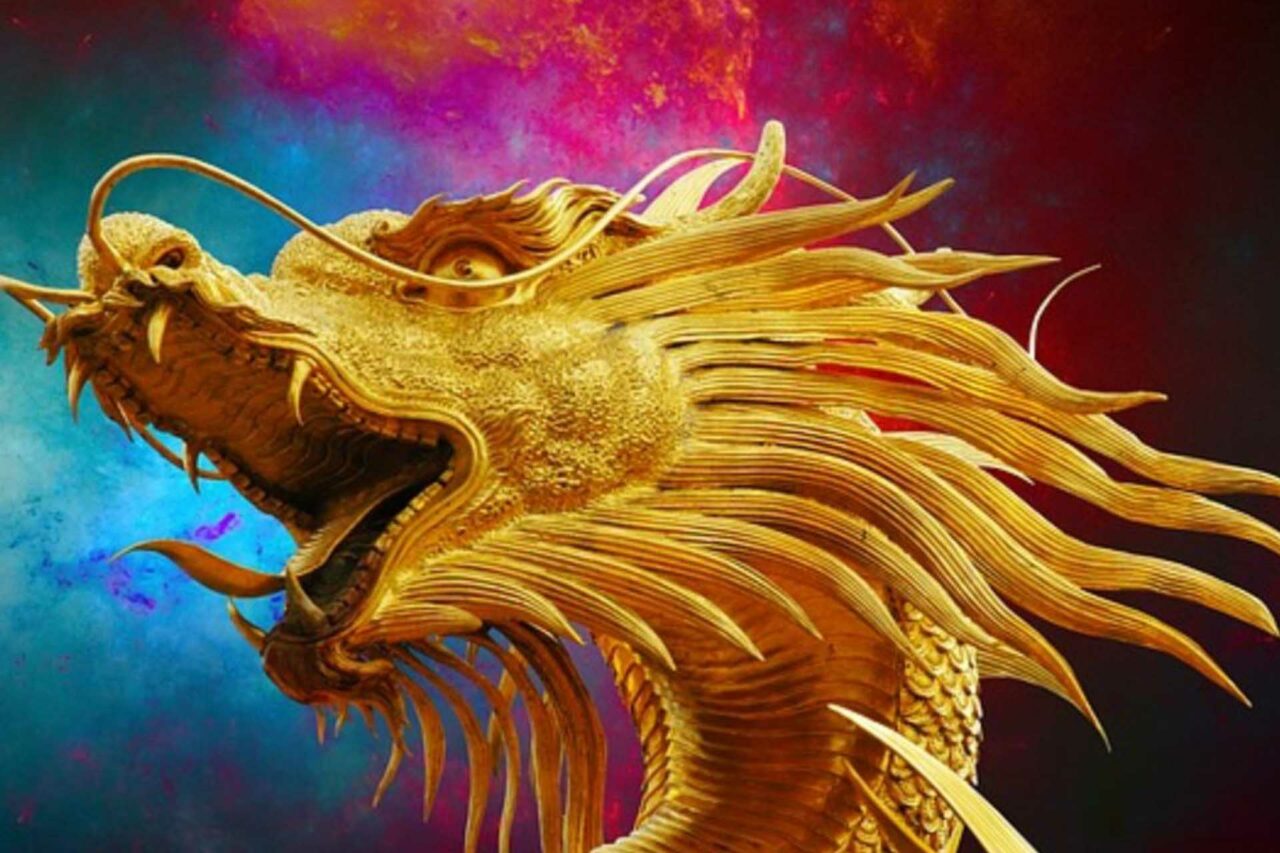
Latiano is a town in the province of Brindisi with a population of about 13,000. A town apparently like many others, the historic center with alleys and whitewashed houses, night clubs, a large and majestic manor, some churches.
However, the country has the oddity and richness of containing within it several museums, each with its own uniqueness and characteristics.
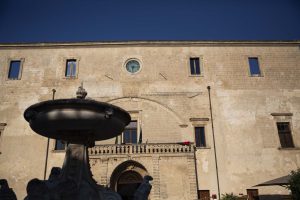
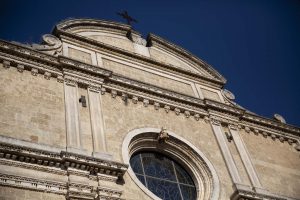
After asking for information at the Pro-Loco of Latiano, located inside the Torre del Solise, a well-preserved sixteenth-century tower, a group of volunteers accompanied us to the city's museum complex, a museum located in a former convent and which has multiple rooms, housing three different museums.
– Polo Museale (ex Convento Sant’Antonio)
-
(1) Museo di Arti e Tradizioni
-
(2) Museo del Sottosuolo
-
(3) Museo della Storia della Farmacia
The Museum of Arts and Traditions depicts everyday life, in the fields, in the workshops, in the family. Very interesting are the reconstructions of the essential environments of the typical Apulian house: domestic, artisanal, agricultural environment (faithfully reconstructed with authentic pieces).
The museum as a whole collects more than 3500 pieces and artefacts of peasant civilisation, to which are added 600 pieces from the special Textile and Clothing section and thousands of documents from the Memory Archive (intangible assets, photo library, cultural assets, and more).
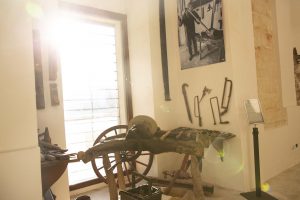
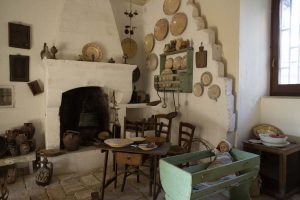
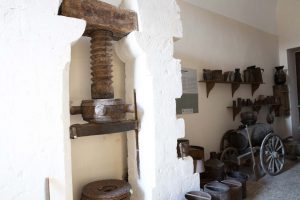
The Underground Museum preserves the remains of distant geological eras, and among ancient minerals and fossils, a really cute little dragon stands out.
This is an example of a Postojna Dragon, an amphibian with pale, almost transparent skin, strange red growths, no eyes, four limbs and only ten toes. It lives only in the Postojna Cave, a network of caves and caverns located in Slovenia. The inhabitants of those places have nicknamed it "baby Dragon".

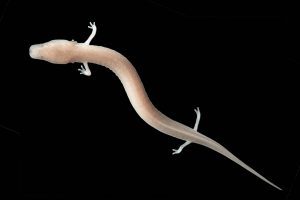
– Museo di Palazzo Imperiali
(4) Museo Flora
Palazzo Imperiali preserves a permanent collection of Messapian artifacts. Furthermore, on the first floor there is the reception room, called “salone Flora”, an elegant conference room decorated in 1927 with frescoes by Maestro Agesilao Flora (a Salento artist born in Latiano in 1863 and died in 1952). The other rooms on the first floor preserve the testimonies of the Imperiali: the family crest depicting the imperial eagle, a precious collection of paintings (from the 16th to the 22nd century), which the last of the marquises who resided in the palace, left as a gift to the town.
– Casa Museo Ribezzi Petrosillo
(5) Museo della Musica
(6) Museo Numismatico
(7) Museo della Moda
In the hall on the ground floor there are ceramics, period encyclopedias and postcard albums. In the internal numismatic museum there is the “Benvenuto Ribezzi” Collection of 400 coins displayed in chronological order, entitled “From Magna Grecia to the Euro”. In the music room there are musical instruments, records (starting from the perforated metal ones from the mid-1800s), scores and opera librettos from the 19th and 20th centuries.
In the same room there is a collection of cameras and daguerreotypes. Then there are 3 rooms dedicated to vintage fashion from newborn to adult age, with linen but also accessories (hats, fans, bags) and tools for making embroidery and lace.
Going up the staircase to the upper floor, you cross a mezzanine where a Roman funerary stele and an ancient Messapian chest are on display.
On the upper floor, instead, we have the hunting and weapons room, where edged weapons, hunting objects, panels and various relics relating to the last world conflicts and Fascism are exhibited. The second is the parchment room which houses a rich parchment and paper collection.


















Leave a comment